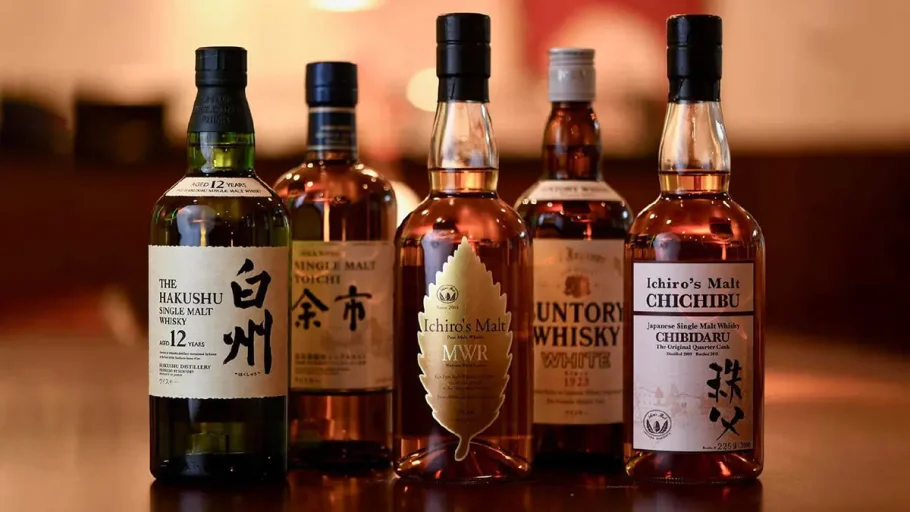There was a time when the mention of that spirited dram, whisky (or whiskey), was seen as a direct reference to the lochs and glens of Scotland. Irish whiskey was spoken of in hushed tones, and Bourbon was a distant discussion waiting to be had. Fast forward to today, and the most talked-about whiskies come from many places, places so new to the idea of being whisky-producing powerhouses that it is almost baffling. Japan, India, England, France, Australia, and many more states in the US, other than just Kentucky and Tennessee.
But not all whisky (or whiskey) is created the same—they may start similarly, by being fermented in vats and then double (or possibly triple) distilled before being transferred into barrels for aging and, subsequently bottled. But what changes along the way is where the aging takes place and for how long.
In the original places, such as Scotland and Ireland, the climate is quite cool. While we do lose some whisky to the environment through evaporation as it ages in barrels, the rate is only 3-4% per year, and this rate slows down further after the first few years. After ten years, a 300-liter barrel still has more than enough liquid left for bottling and shipping.



